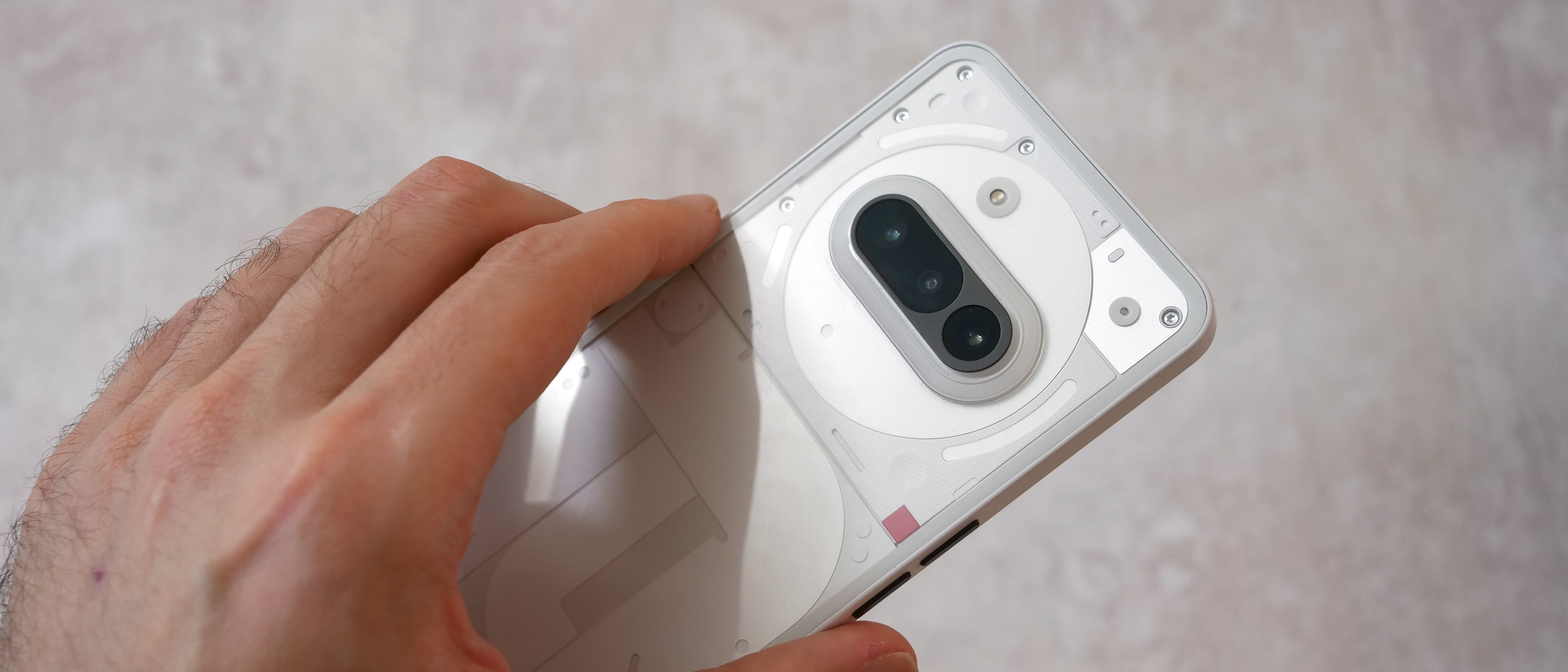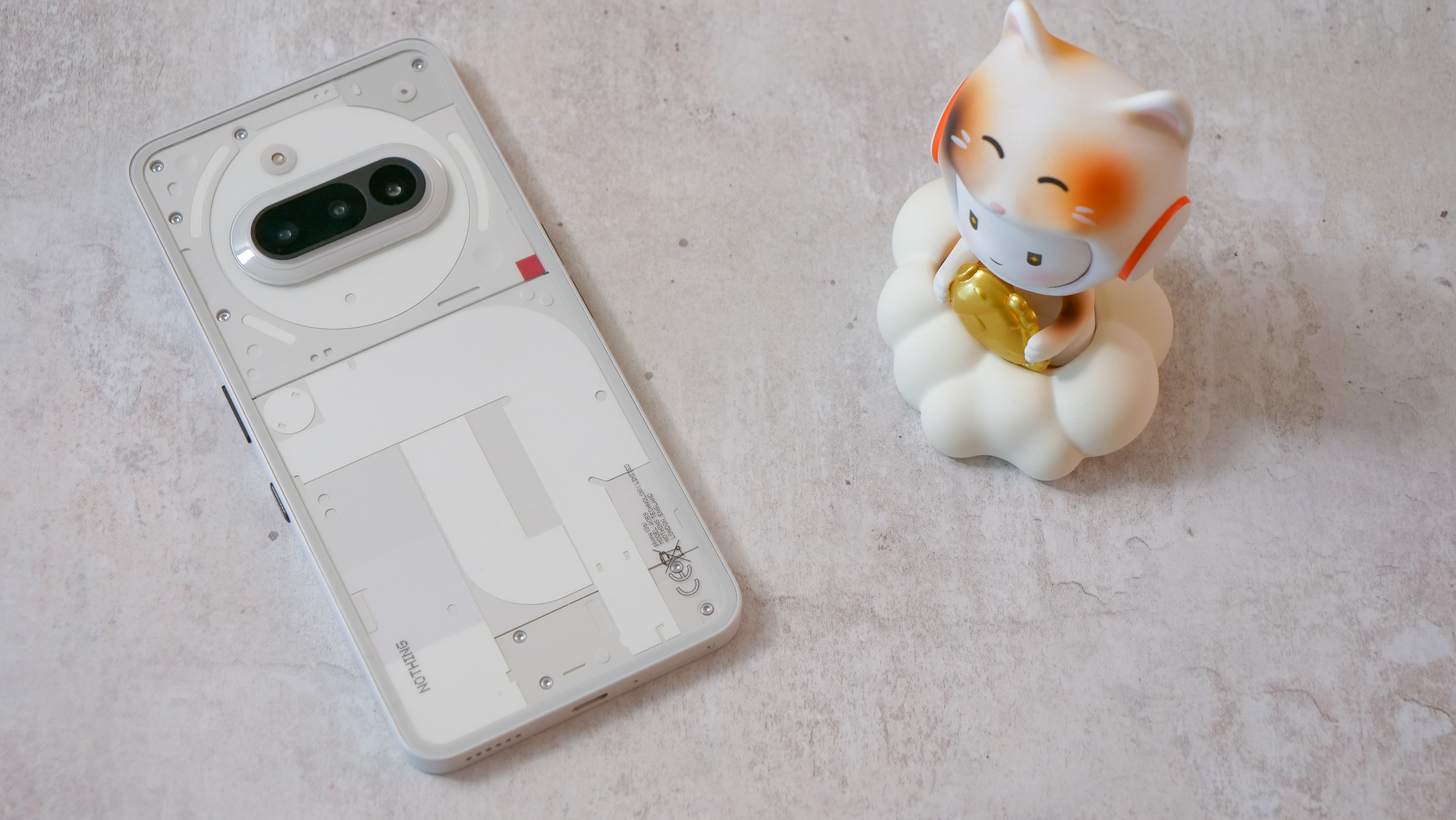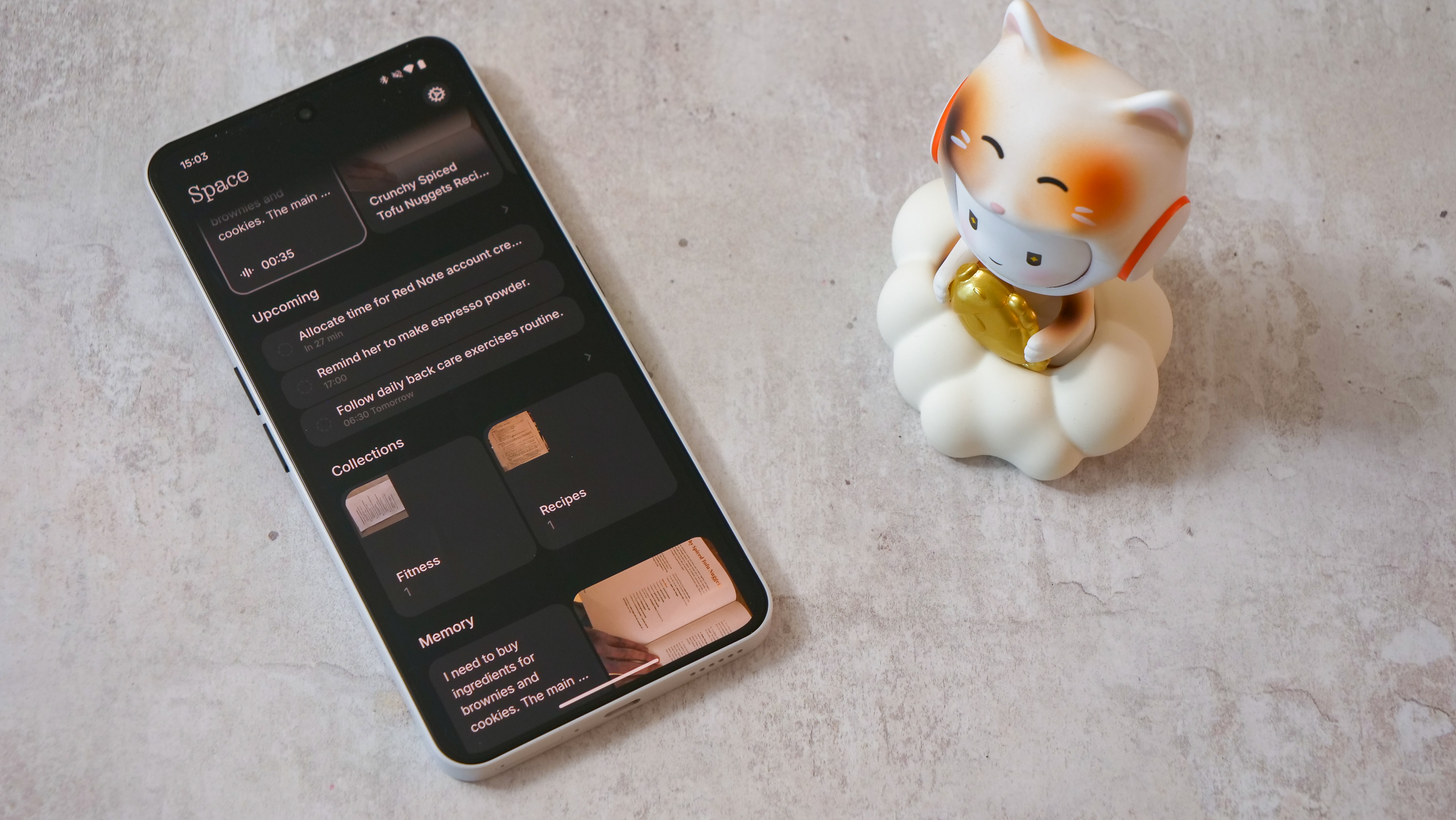Digital Camera World Verdict
The Nothing Phone 3a delivers standout design, solid performance, and a versatile camera system at an affordable price. Its large, quality display, intuitive Glyph interface, and reliable 50MP main and telephoto cameras make it a strong contender in the midrange market. While it lacks wireless charging and eSIM support, its fast charging, clean software, and thoughtful features like Essential Space offer excellent value. A smart buy for budget-conscious users wanting style and substance.
Pros
- +
Versatile camera system
- +
Strong telephoto macro
- +
Stylised hardware and software
- +
Long-lasting, fast-charging battery
Cons
- -
Inconsistent video framerates
- -
Occasional lag under heavy load
- -
No wireless charging
- -
No eSIM support
Why you can trust Digital Camera World
Nothing’s smartphone portfolio is swelling, with the newly announced CMF Phone 2 and Phone 2 Pro joining the Nothing Phone 3a and Phone 3a Pro, sitting below the Phone 2. If you’re not familiar with Nothing, it sells phones under two brands, CMF and Nothing. CMF is the budget brand, while the Nothing Phone 3a series is more midrange, and the Phone 2 is the flagship, with the Phone 3 expected in the coming months.
Out of all four of the current-gen CMF and Nothing phones, the Phone 3 is arguably the easiest sell, combining Nothing’s instantly recognizable styling with an affordable price and competitive specs across the board. When we tested the Nothing Phone 3a Pro, we liked its camera ambition, but also recognized that its power-to-price ratio was middling. Costing considerably less, the Nothing Phone 3a strikes a better balance, both on paper and in the flesh.
The specific compromise you’ll make by choosing the Phone 3a over the Phone 3a Pro is the camera, with the 3a Pro packing further optical reach, and a higher-spec 50MP primary camera. The two phones share the same screens, processors and core experiences, complete with Nothing’s new Essential Space AI organiser.
Starting at £329 / $379, the Phone 3a undercuts the Samsung Galaxy A56 5G and Motorola Edge 60, costing the same as the lower-end Samsung Galaxy A36 5G and Motorola Edge 60, but can it best the budget Android competition or would you be better off with a lower cost CMF Phone 2 Pro for roughly £100/$100 less?
Nothing Phone 3a: design and screen
Typically, Nothing Design is a win in our books, and while the Phone 3a Pro’s hefty camera bump left me cold in the Grey color, it looks subtler in Black, the standard 3a looks excellent whichever color you pick up.
The phone’s frame is plastic, and that contributes to its relatively light weight considering how big the screen is. On the back are a selection of glyph lights that frame the camera surround, and patterns beneath the transparent glass back. Reminiscent of the original Nothing Phone 1, the 3a has a very flat front and back, not accounting for the modest camera bump, which is a horizontal strip of three cameras.
Just like the Phone 3a Pro and newly announced CMF Phone 2 Pro, the Phone 3a has an Essential Key on the right below the power button, and two volume buttons on the left side. More on the Essential Key later, but in a nutshell, it makes capturing screenshots, voice notes, and images from your camera smarter with the help of AI. That’s the good, but it’s all too easy to think you’re pressing the power button when you’re actually pressing the Essential Key, despite the fact Nothing gave it a different texture.
The best camera deals, reviews, product advice, and unmissable photography news, direct to your inbox!
The Phone 3a’s flat sides make it great for landscape holding, whether watching, snapping or gaming, and the phone’s screen is also a great design point with its visually symmetrical bezels, not something you always see at the price.
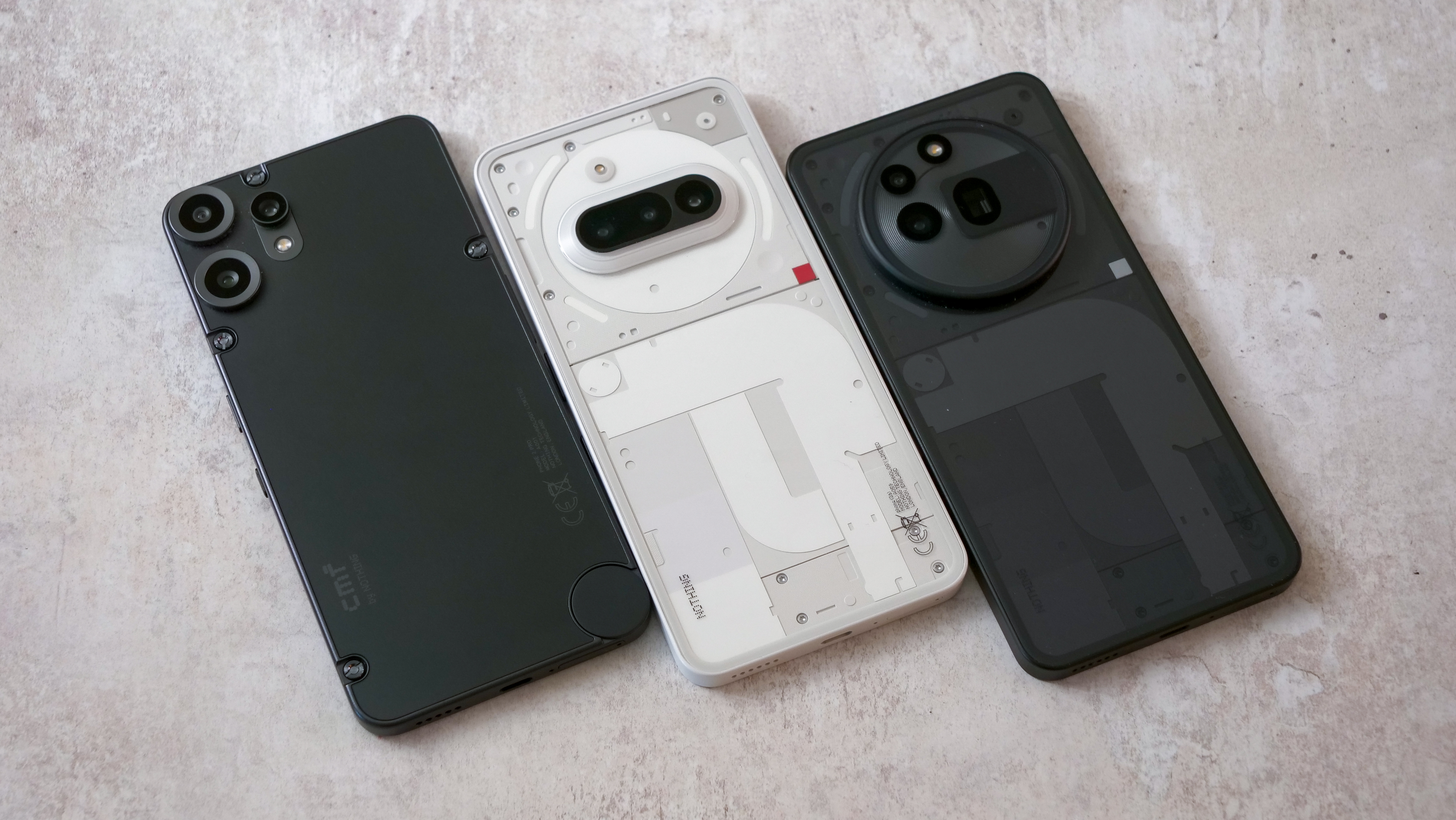

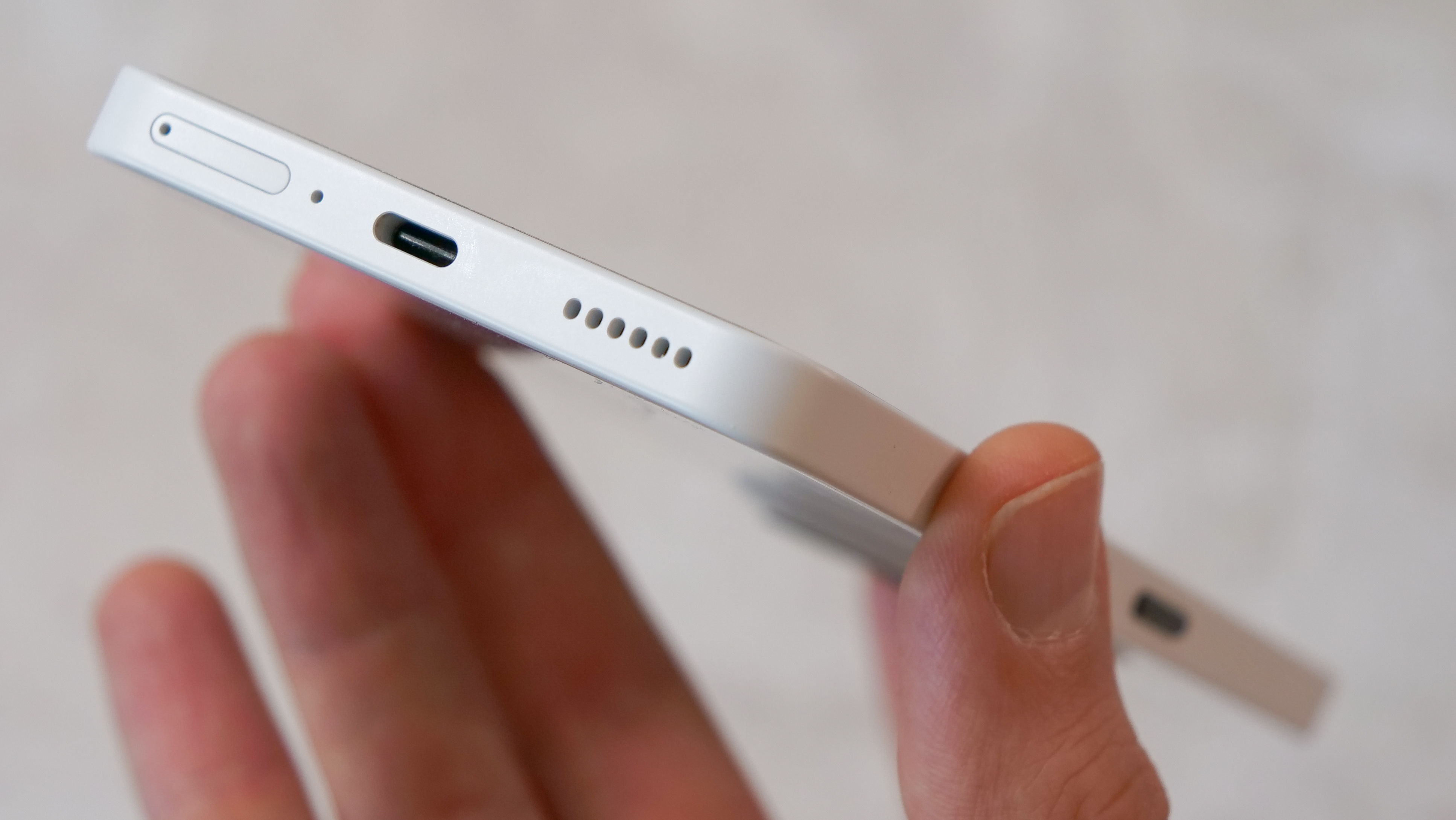
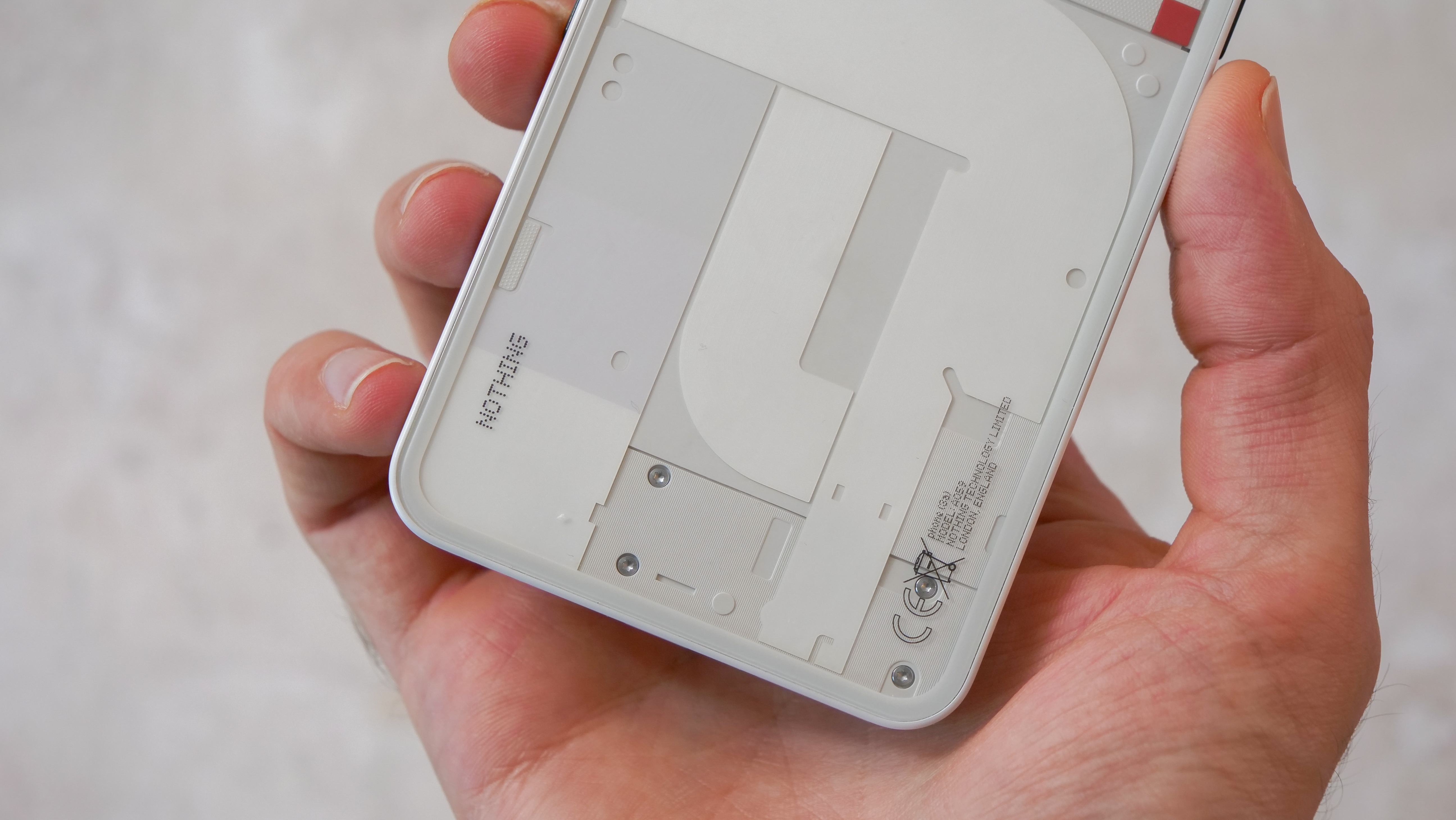
If you aren’t familiar with Nothing phones, the glyph lights around the back blink when a notification comes through, and there's a glyph composer so you can customise glyph ringtones and illumination. There are also fun features like flip to glyph, silencing your phone when it's placed face down, integration with the timer for a visual countdown as well as other apps.
When it comes to design, Nothing takes a very integrated approach, and it’s excellent to see this consideration applied to the phone’s front and back, across its higher-end and midrange phones, and its budget CMF phones as well.
With a large 6.77-inch AMOLED display that’s 120Hz smooth and up to 3000 nits bright when playing back HDR content, 1300 nits in bright environments, the Nothing Phone 3a’s display looks excellent for the price.
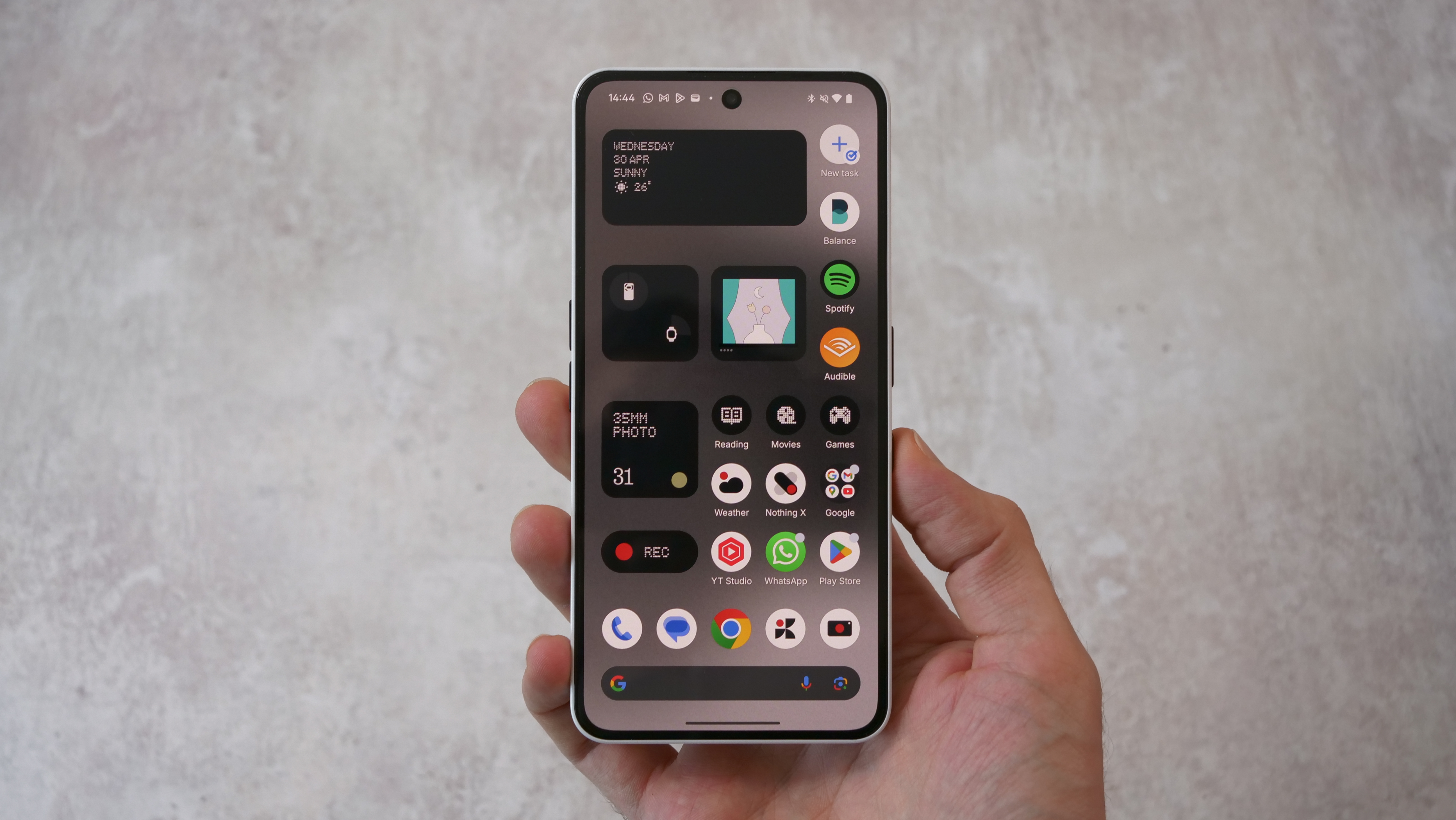
Viewing angles are strong, outdoor visibility is on point, the screen is responsive when gaming and swiping, and there are a handful of customization options in the settings, so you can set the color temperature and vividness to match your preference.
Unlike some competing phones, the Nothing Phone 3a uses Panda Glass, which is a lesser-known alternative to Gorilla Glass and is also used in the OnePlus Nord 4. While the perception is that it’s less premium, YouTuber, Jerry Rig Everything tested its scratch-resistance on the Phone 3a Pro and found it to be on par with flagships, impressive for the price. Add IP64 dust and water resistance for comprehensive splashproofing, and the Phone 3a impresses on the design front.
Nothing Phone 3a review: camera specs
The main aspect that makes the Nothing Phone 3a inferior and cheaper than the Pro is its camera, but after over a month with both phones, we wouldn’t scoff at the vanilla 3a’s triple-camera mix.
There are two 50MP cameras – a primary camera and a 2x telephoto, and the ultra-wide is the same 8MP sensor as found on the Pro. There is also a 32MP front camera for taking selfies.
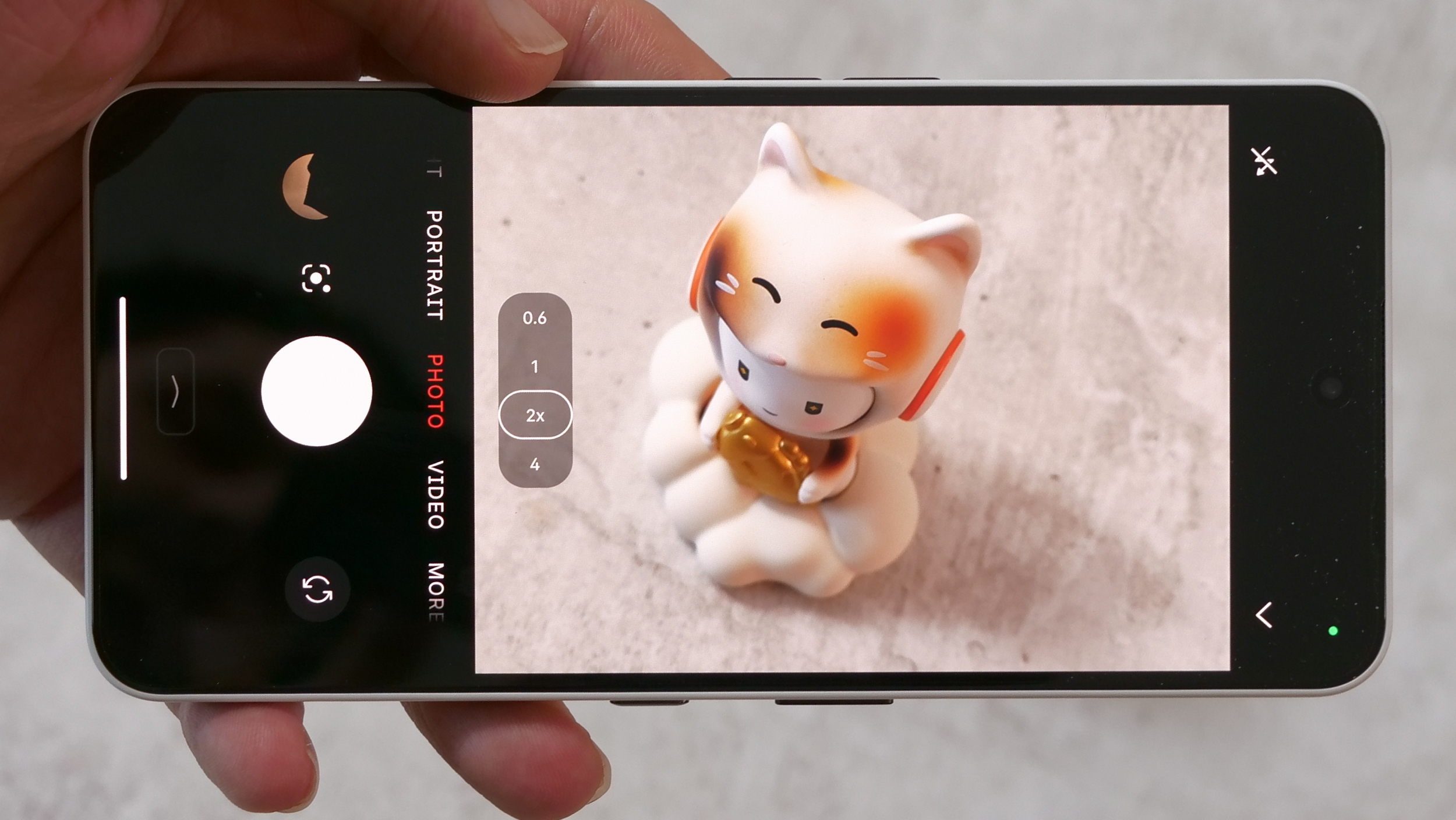
24mm 50MP primary camera: 1/1.57-inch sensor, f/1.9 lens with OIS
50mm 50MP telephoto camera: 1/2.75-inch sensor, f/2.0 lens
15mm 8MP ultra-wide camera: 1/4-inch sensor, f/2.2 lens
22mm 32 MP front camera: 1/3.44-inch sensor, f/2.2 lens
Nothing’s shooting modes are standard, and there’s an expert mode with support for RAW capture across all three cameras, which is fantastic for the price. Alternatives like the Poco X7 Pro lack this kind of flexibility.
Video is recorded at up to 4K 30fps, or 1080p 60fps from the main and telephoto cameras, with the ultra-wide only supporting 1080p 30fps capture.
Nothing Phone 3a review: camera verdict
The Nothing Phone 3a’s cameras are great for the price, with a larger primary sensor than last year’s Phone 2a grabbing more detail, a 50mm optical zoom proving to be a versatile, meaningful addition thanks to macro focus, and upgraded photo processing improving dynamic range in challenging scenes.
The primary camera is unsurprisingly the most reliable of the three across lighting conditions, given its larger sensor size. It captures plenty of detail in bright environments, typically produces balanced colors, and is relatively quick to focus and take a shot, though processing can take a minute when jumping straight into a photo you’ve taken.
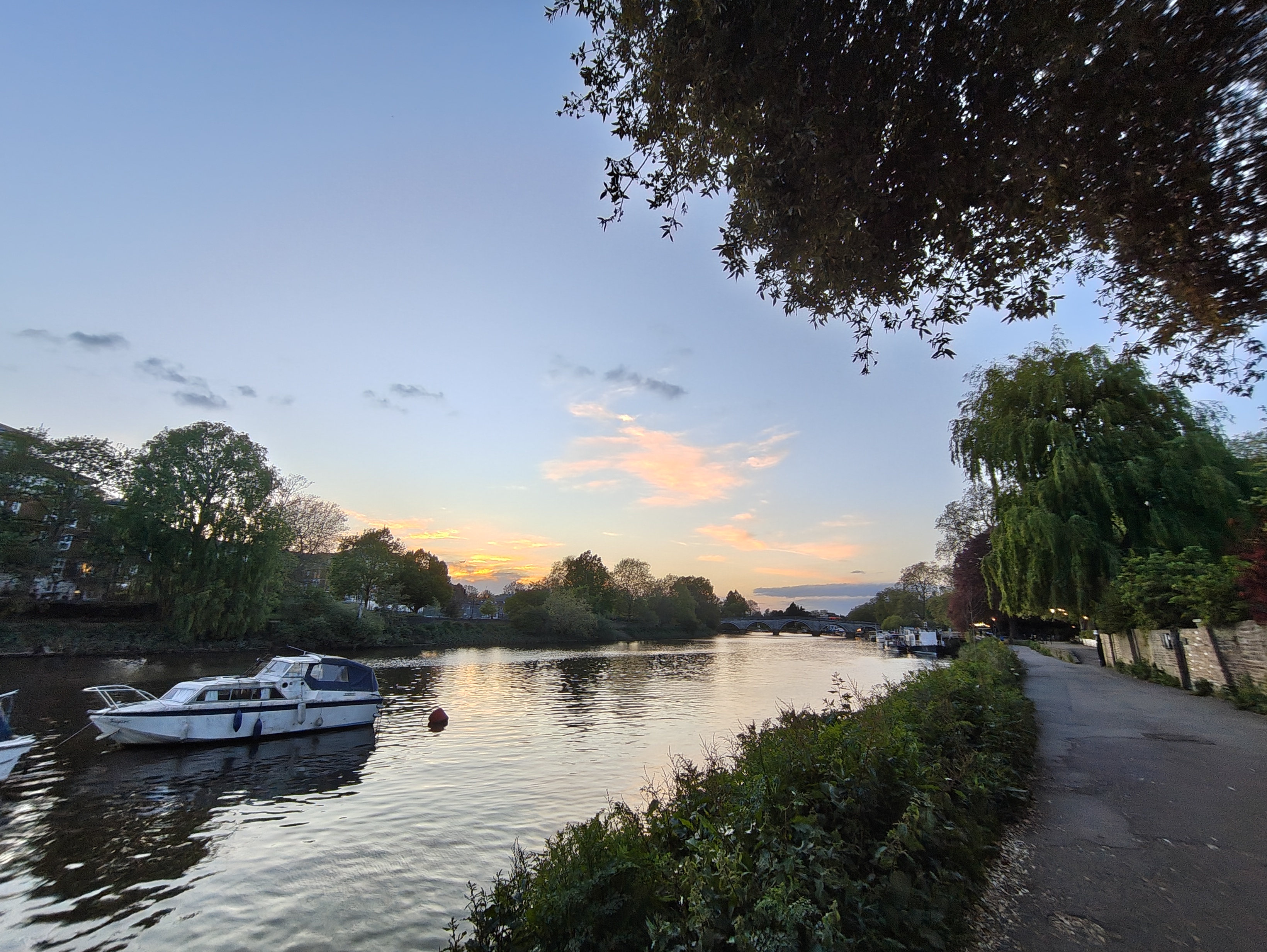
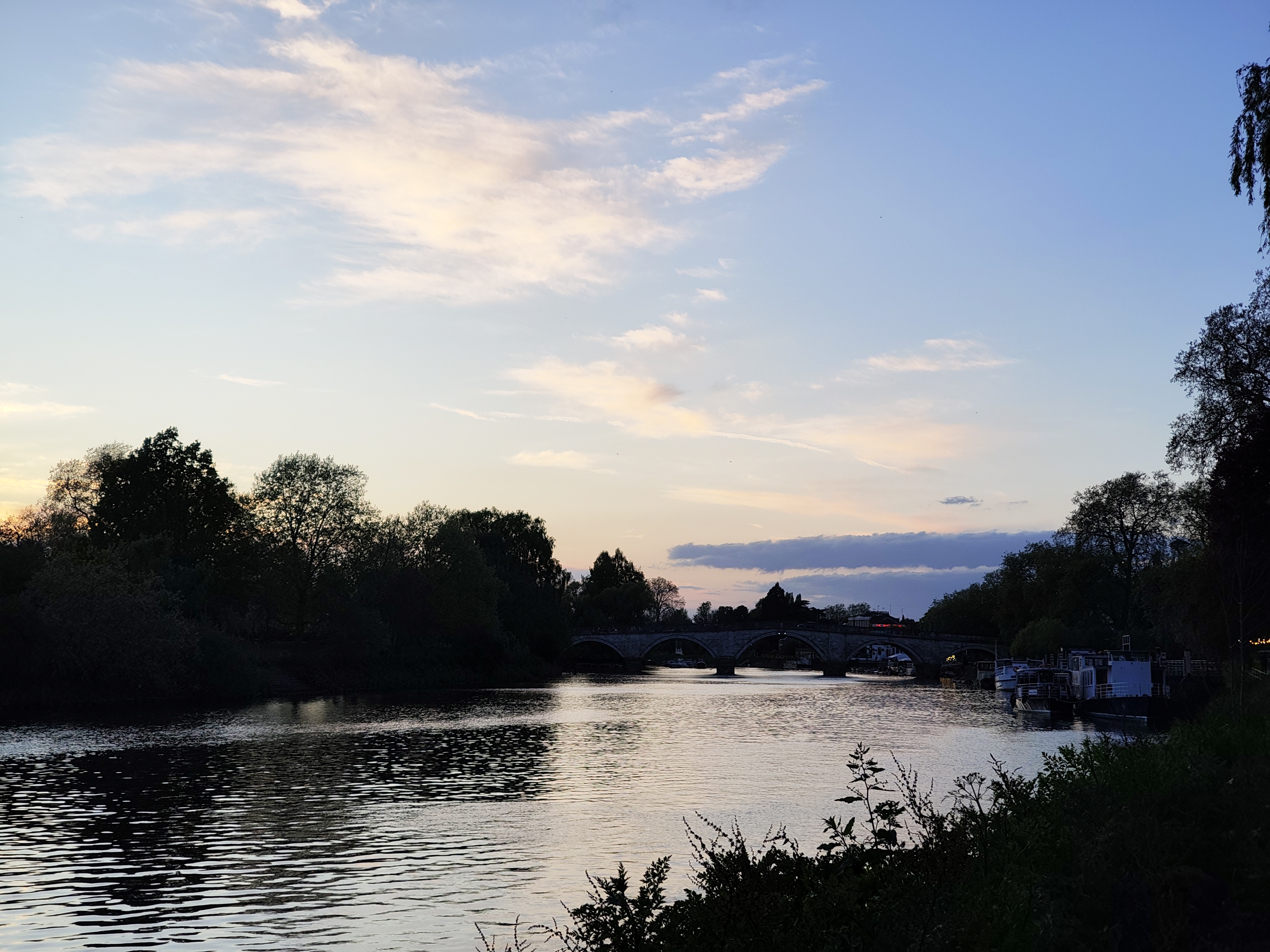
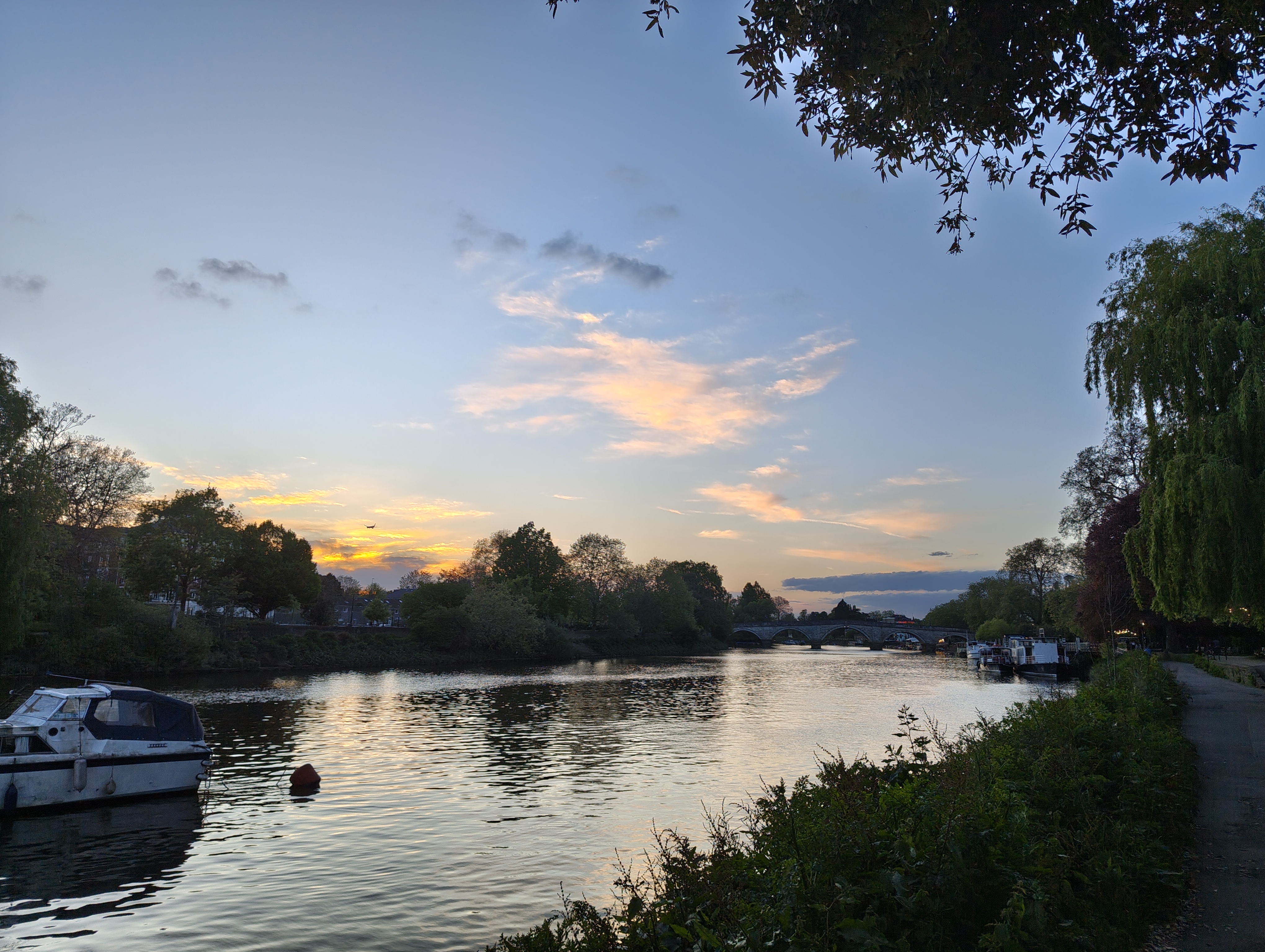
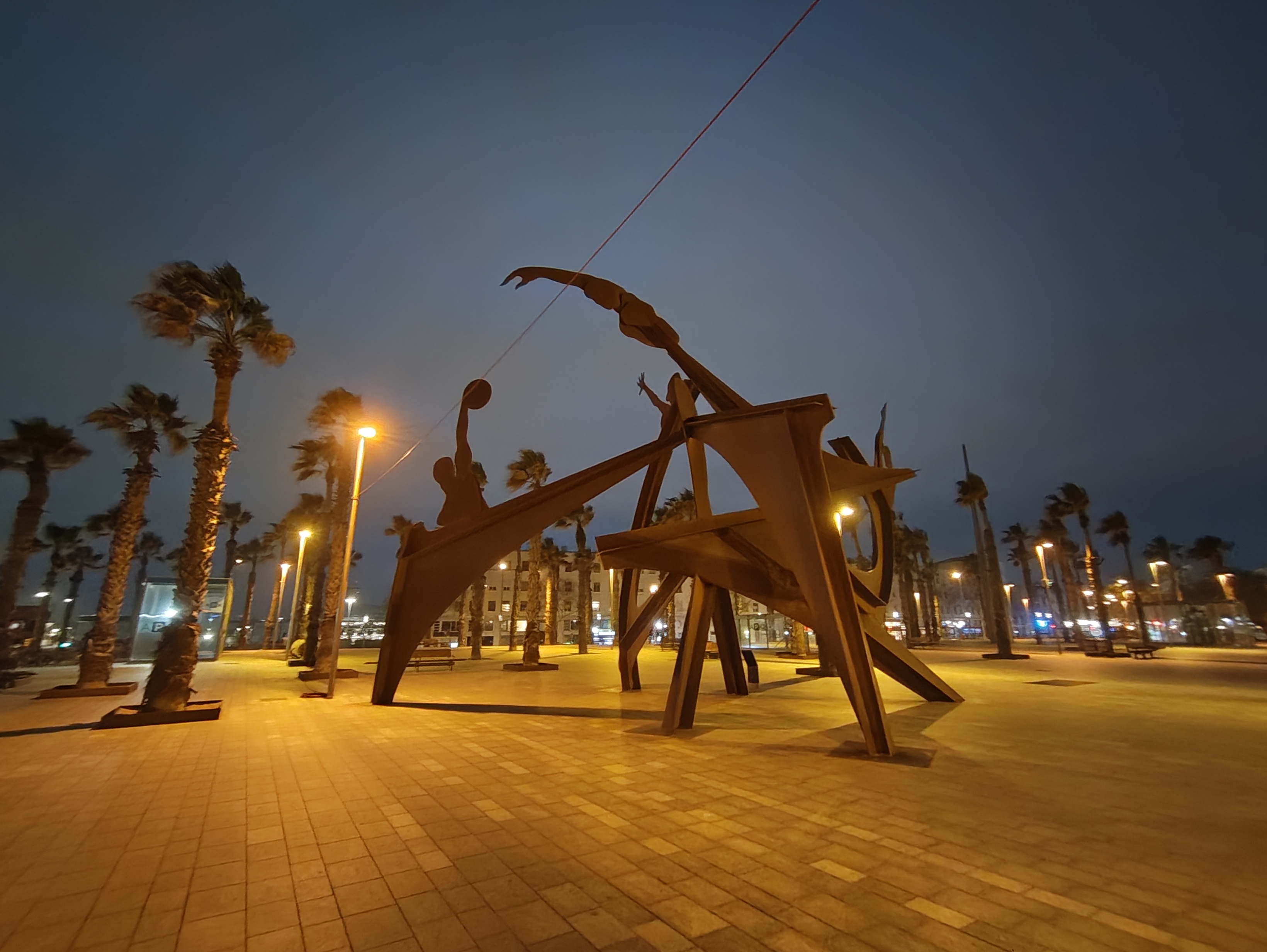
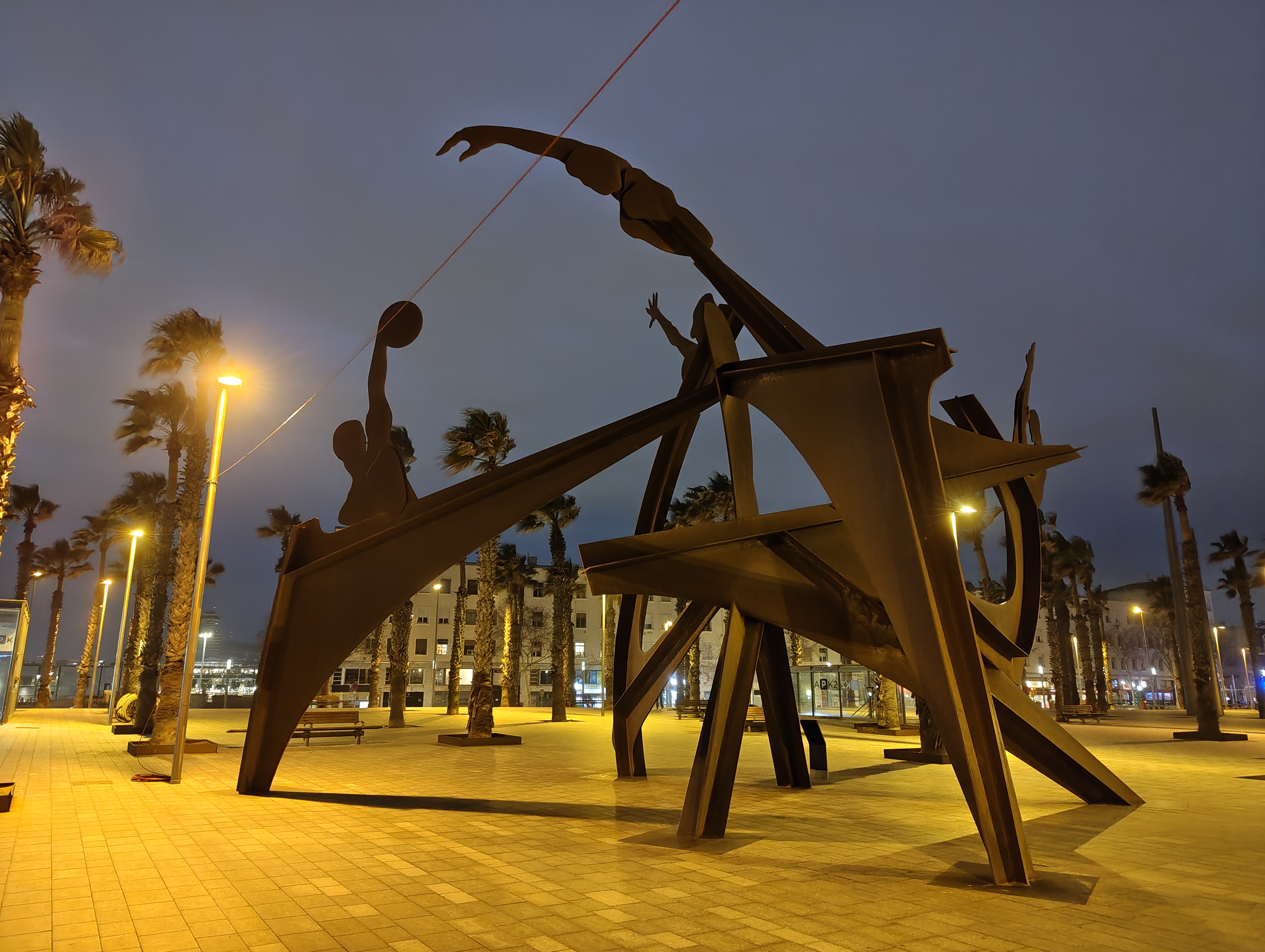
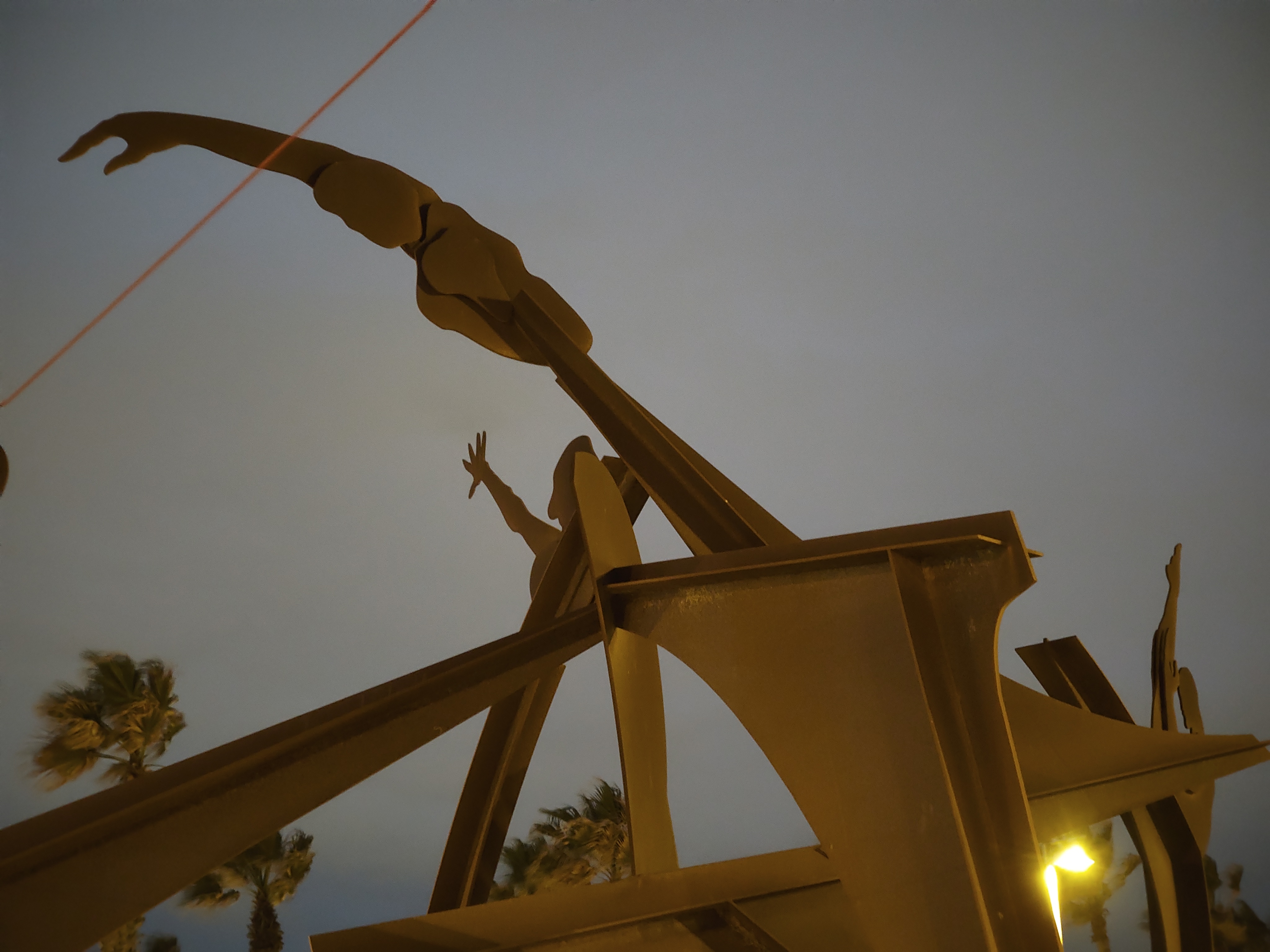
When we first tested the phone, it suffered from occasional lag in the camera app, but software updates have improved this, ensuring the primary camera experience is solid for the price across the board.
Nothing’s photo processing on the Phone 3a and 3a Pro is more refined than alternatives like the Poco X7 Pro. Colors aren’t unnaturally boosted, there’s oversharpening, but it falls short of being deal-breaking, and even with a 1.4x crop for a roughly 35mm resolution, shots are usable.
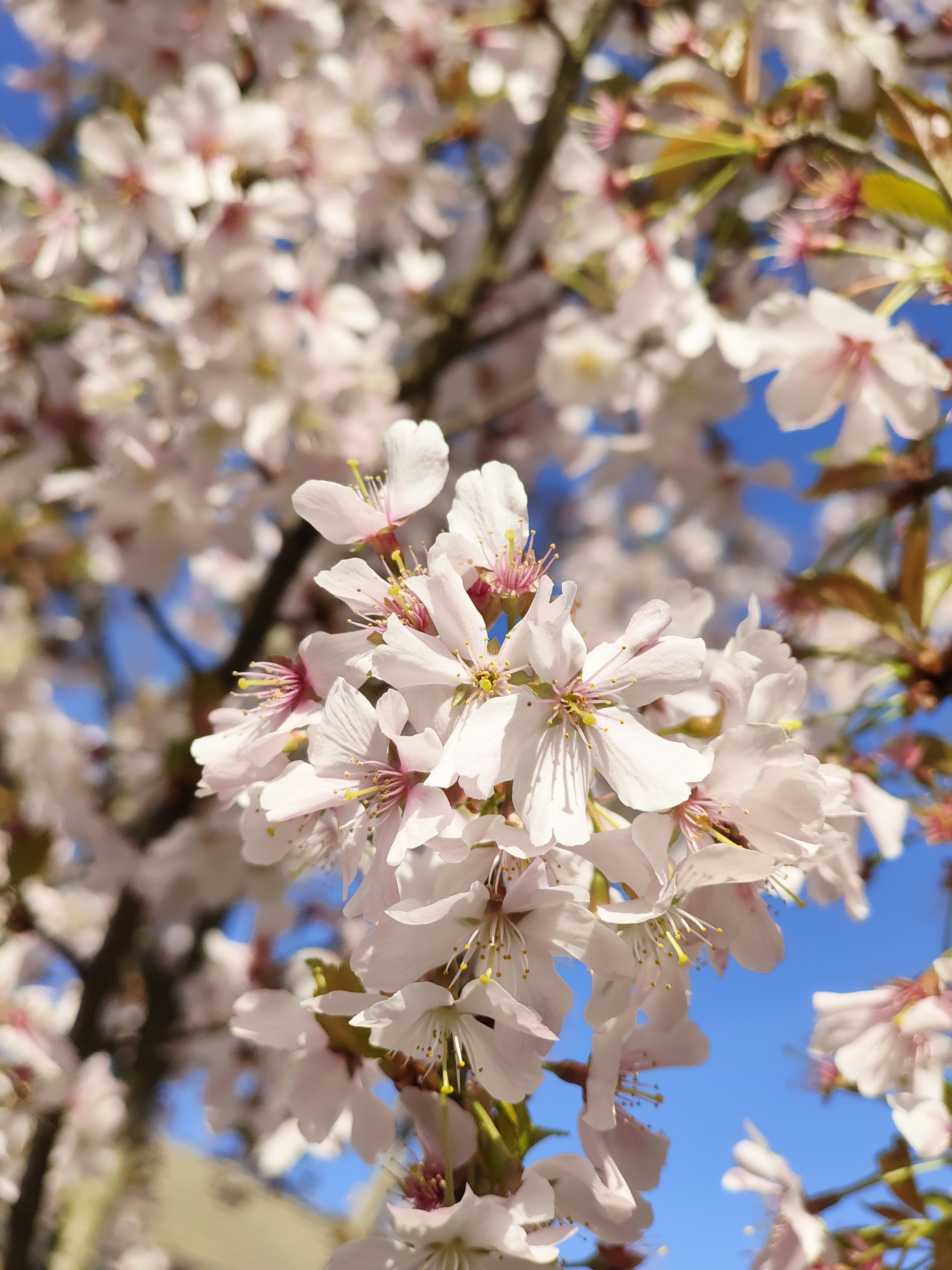
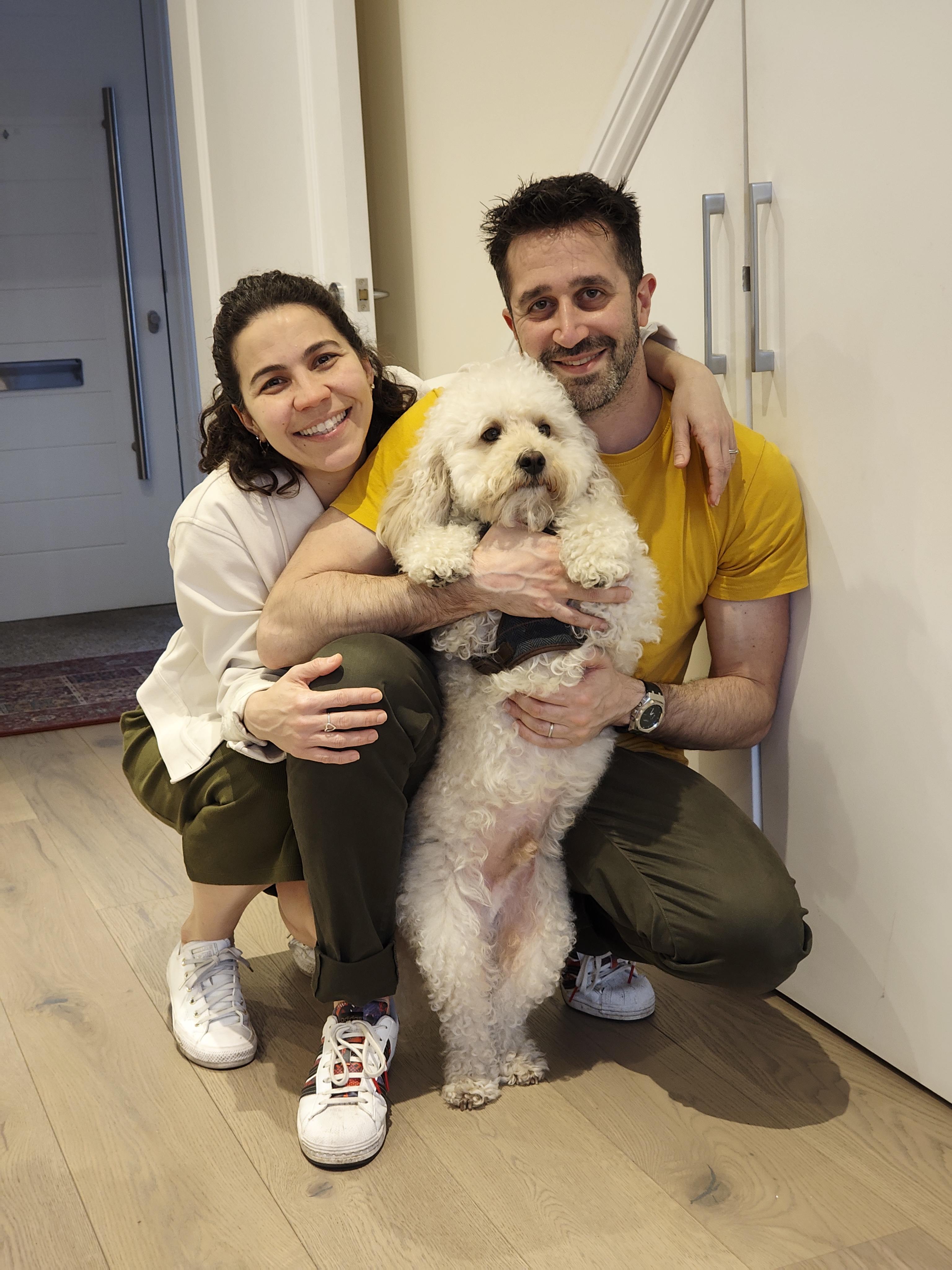
Typically, in bright environments, praise can also be dished out across the secondary cameras, including the ultra-wide, until you start cropping its shots. As the lights drop, though, only the primary keeps its head above water, with the 8MP ultra-wide fading fast, and the 2x telephoto camera following soon after, with neither packing OIS. If you can steady the phone, though, all three are capable of capturing competitive night photos.
Just like the Phone 3a Pro, the vanilla 3a’s telephoto supports macro photography as near as roughly 20cm, and while the results aren’t quite as high-impact as those of the 3a Pro’s periscope camera, they’re still fantastic for the price.
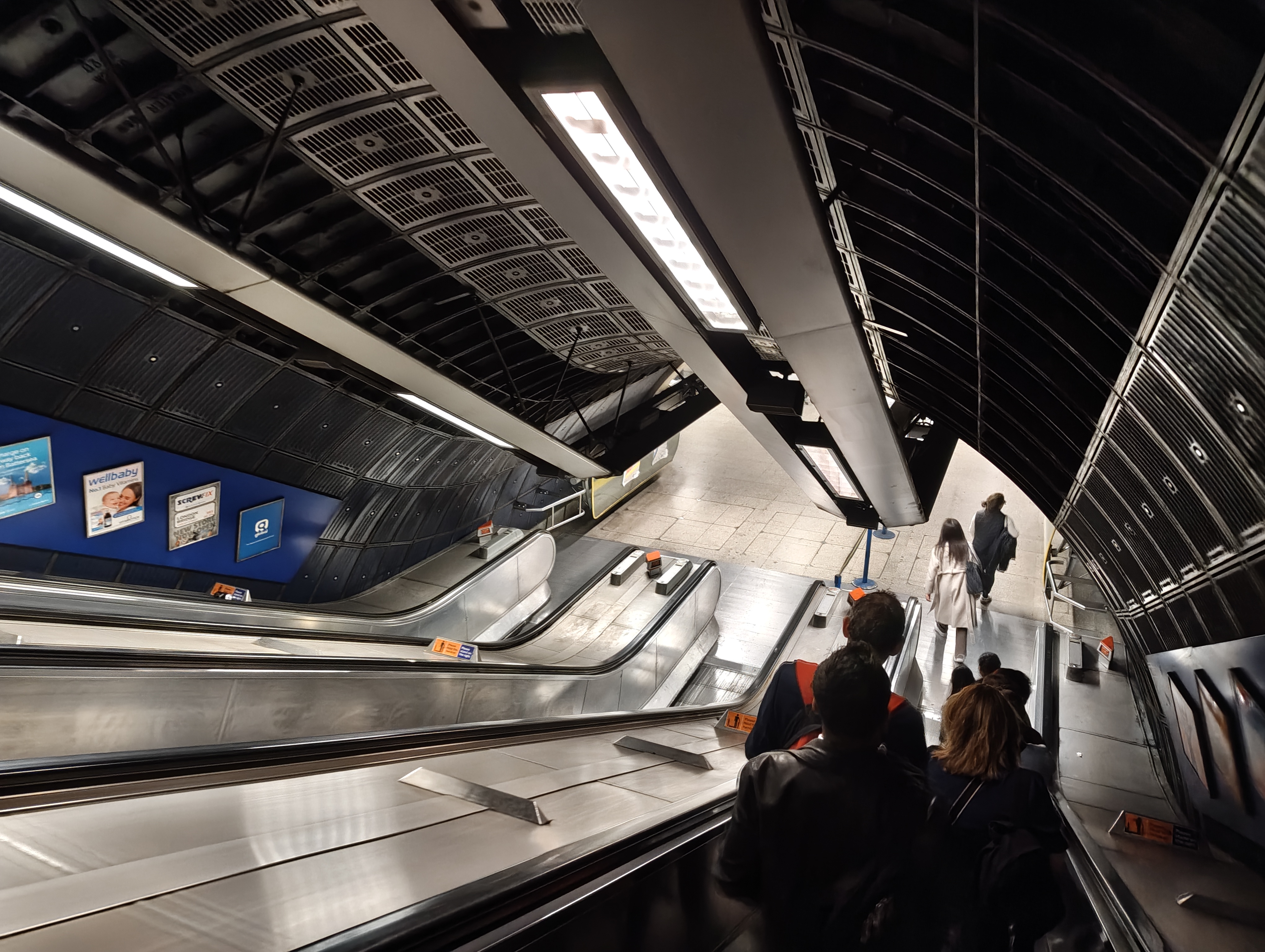
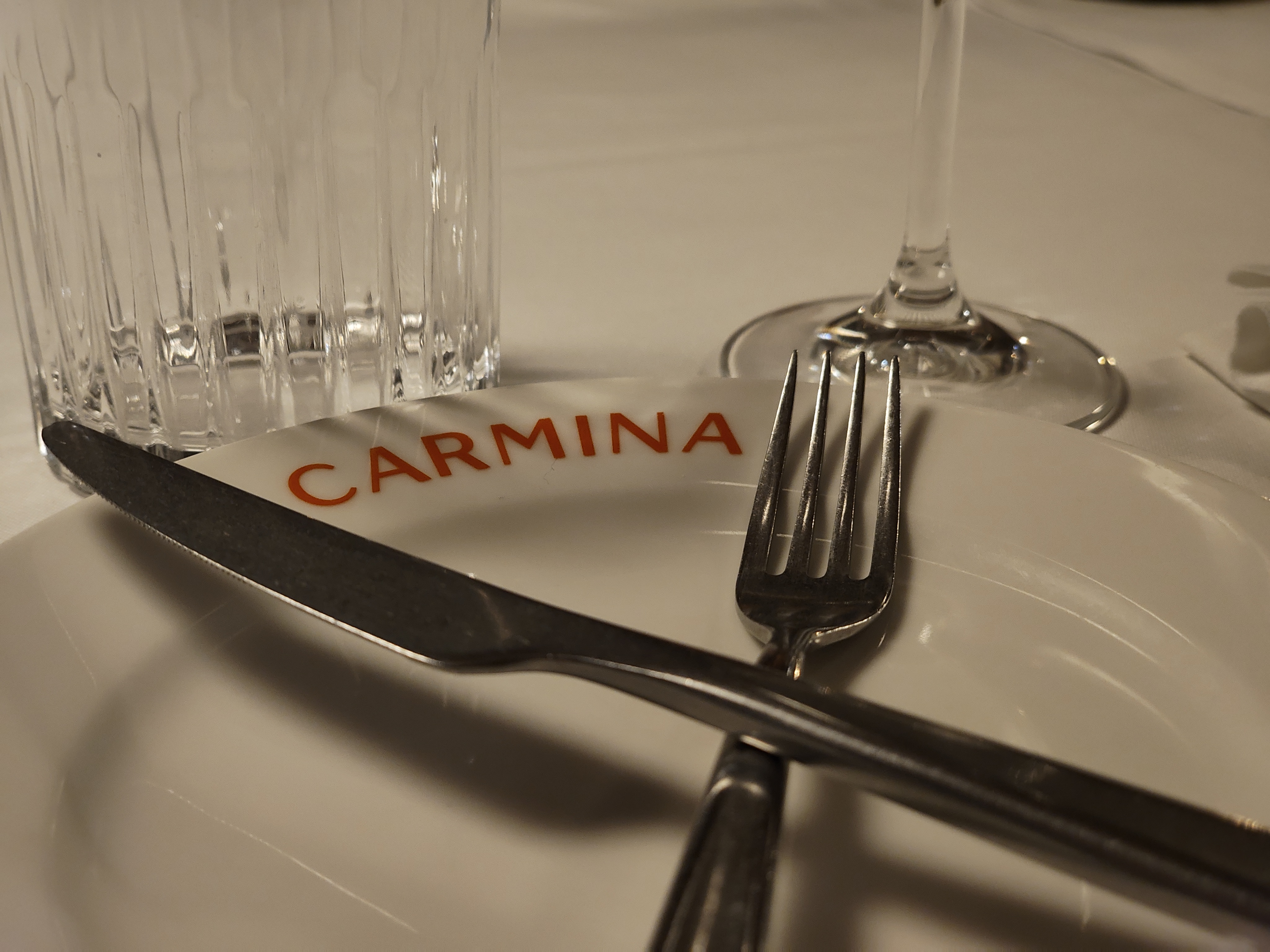
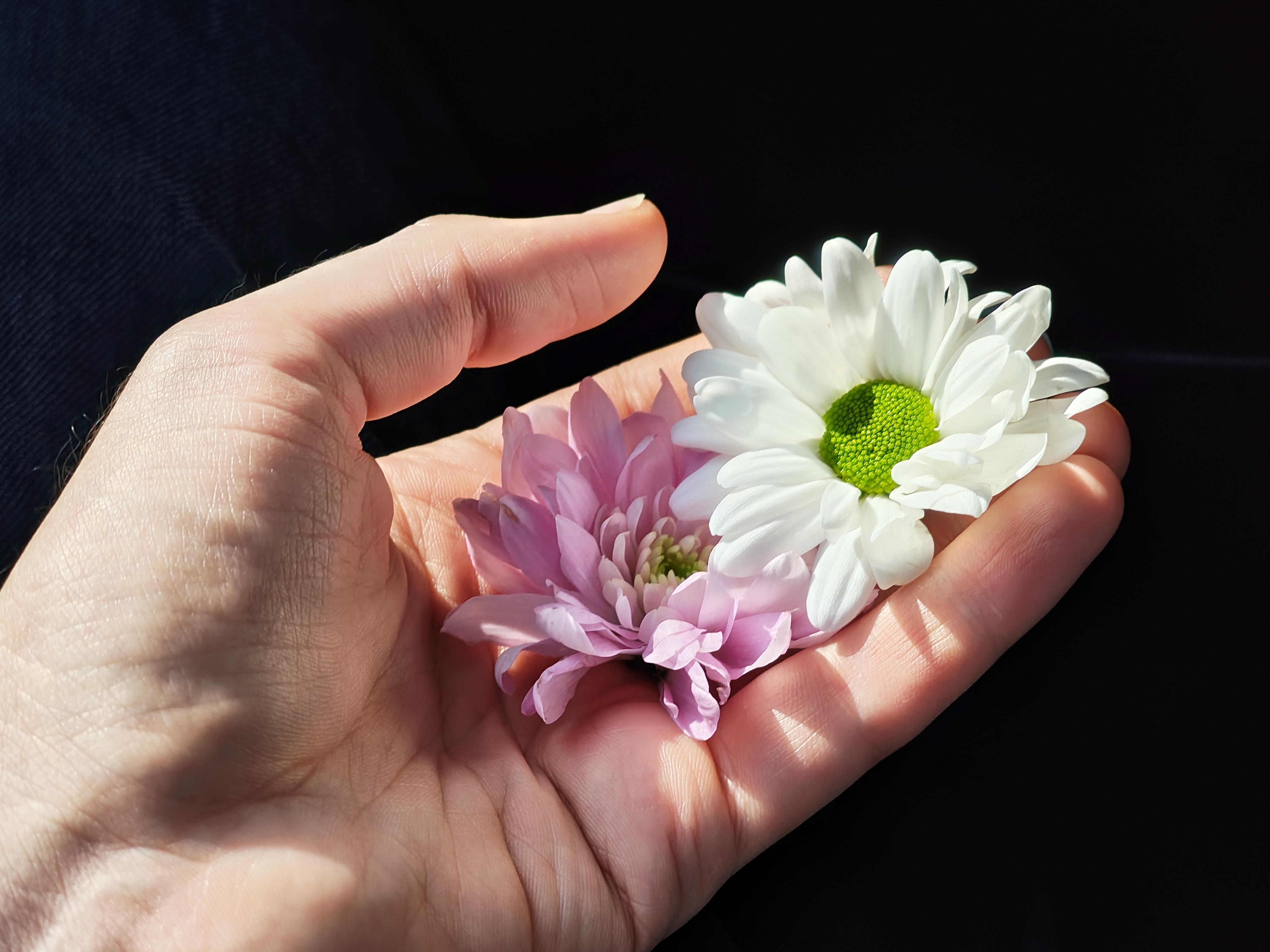
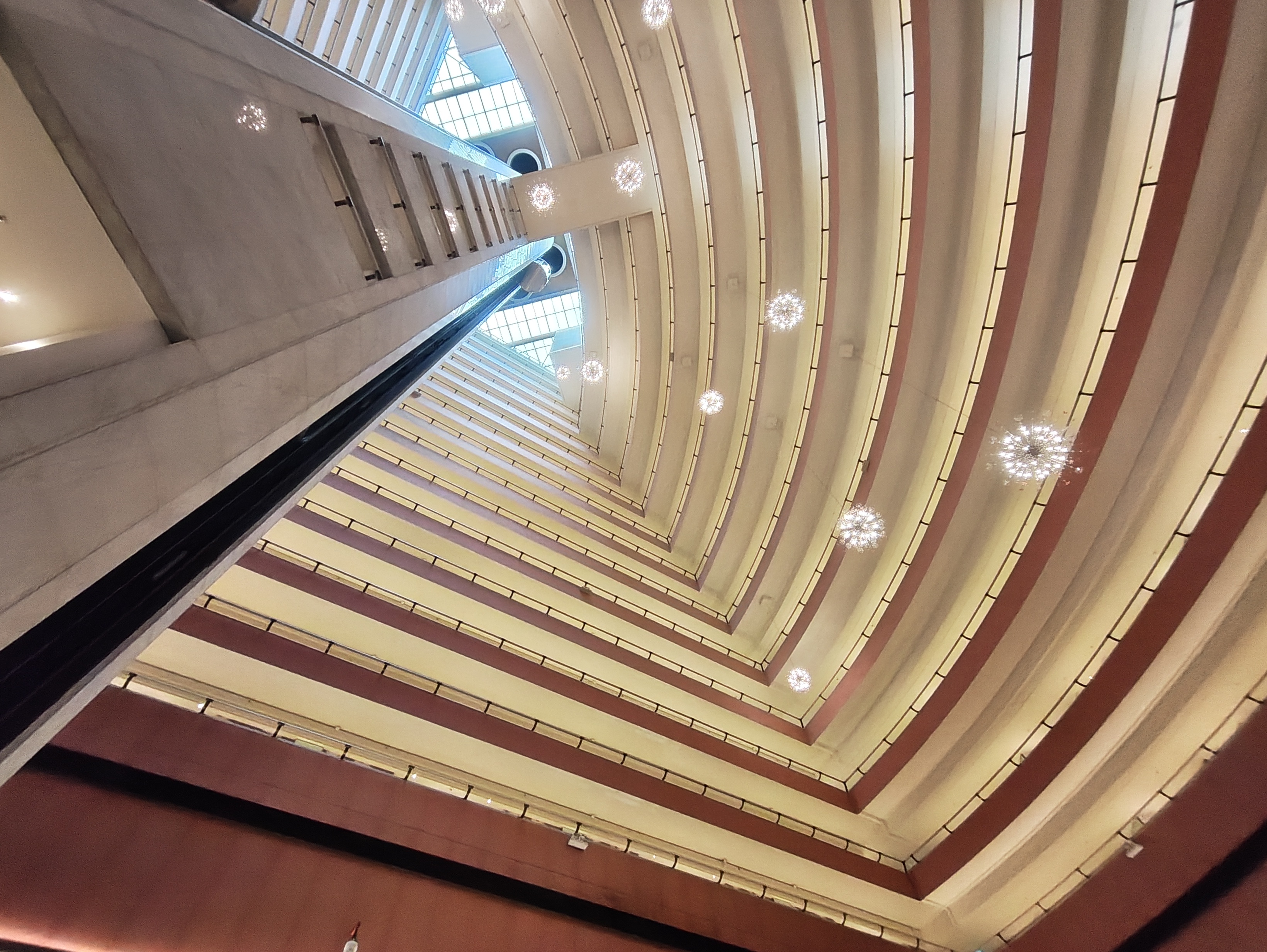
Considering smartphones at the 3a’s price typically miss out on optical zoom, it’s an excellent option for zoomers on a budget, outperforming the Motorola Edge 60 and Poco X7 Pro. It combines AI and optical reach to capture usable shots at 6x and beyond lighting is on your side.
The weakest aspects of the Phone 3a’s camera were color consistency across the three cameras – sometimes this was passable, other times it was very unreliable – and video framerates.
While core video quality from the main camera looks good enough when standing still, hand shake becomes noticeable when you start walking or if the lights drop. Especially early in testing prior to the most recent software updates, we experienced very inconsistent frame rates, and the fact the phone misses out on 4K 60fps capture puts it behind the Poco X7 Pro.
Nothing Phone 3a review: performance and battery
Powered by the Qualcomm Snapdragon 7s Gen 3, the Nothing 3a Pro is pretty nippy for everyday use, opening or flicking through apps is instantaneous, and larger files are quick to open. However, putting too much load on it can slow it down. Available in 128GB storage with 8GB RAM or 256GB storage with 12GB RAM, I recommend opting for the 256GB version. This will give you the best chance of a smooth experience, and the extra storage is always handy for future-proofing.
Nothing OS is one of the most charming Android interfaces around. When you first fire up the phone it gives you a choice between a very Nothing, dot matrix-styled home screen layout, or a more stock Android layout. Whichever you choose, Nothing’s stylized widgets are at your disposal, though I wish there were more of them.
The new feature Nothing’s adding at a hardware and a software level is Essential Space. This is Nothing’s hot take on AI, with the space meant to be a place to collect screenshots and voice notes that can then be organized and analyzed.
As with Gareth, who reviewed the Nothing Phone 3a Pro, right now, I'm more intrigued by the potential of Essential Space than its current form. The feature could be lost on tech reviewers, given the fact that it needs long-term investment to create a meaningful repository of elements and they switch phones weekly. Nevertheless, in a little over a month with the phone, I was impressed with how quickly snaps created meaningful entries.
One example of Essential Space that impressed me was seeing a friend describe the photography of Fan Ho. He then took out his phone, searched Google Images for it, and I hit the Essential Key while my camera was pointed at his screen. Essential Space pulled out key information that I could add to a collection I made “Photography” within the Space, giving me extra context and a linked voice note which was transcribed and turned into actionable items.
But as smart as my Fan Ho example felt at the time, it was a moment in isolation. I couldn’t go on to access Essential Space on my computer through a browser and integrate it with any aspect of my life beyond my Phone 3a, so going back to Gareth’s 3a Pro review, the promise is more exciting than the feature’s current state.
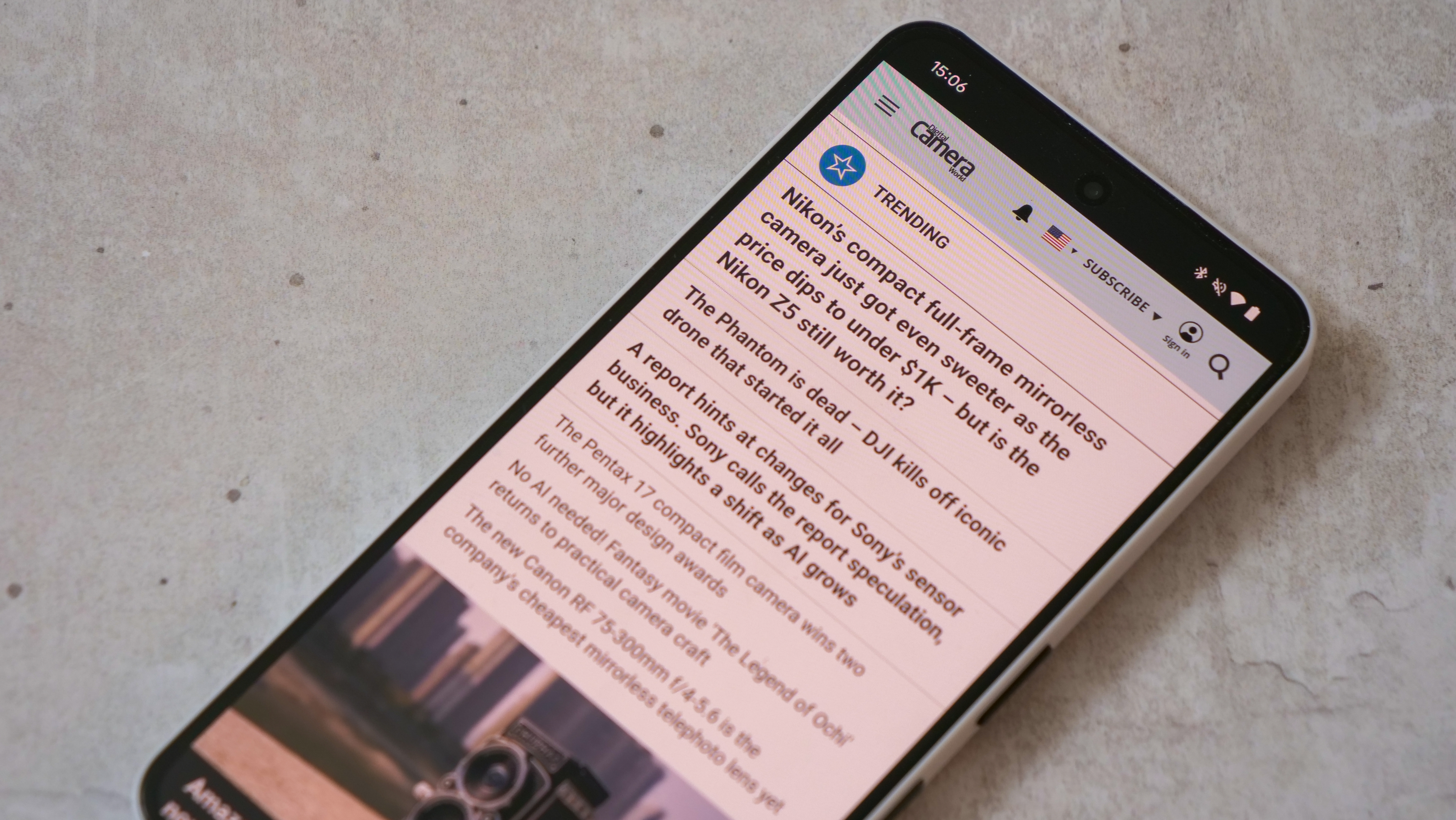
Gamers on a budget could do worse than the Nothing Phone 3a. While it can’t stack up to the excellent Poco X7 Pro in terms of pure power, considering its superior camera, it’s a respectable choice. I was able to play Genshin Impact at 40 frames per second, low-to-medium graphics settings, without too many frames dropped, and after long bouts of Honkai Star Rail and Wuthering Waves, I was surprised it kept pace.
One feature I sorely missed was eSIM support, which is available in the Pro model; therefore, frequent travelers will have to settle for a dual SIM slot instead.
With a 5000mAh battery that easily makes it through a full day with typical use, besting top performers like the Galaxy S25 Ultra, the Phone 3a is a competent all-rounder for the price with few chinks in its armour. And while there’s no wireless charging, which we wouldn’t expect at the phone’s price, there is fast 50W charging, which powers it up in under an hour.
Nothing Phone 3a verdict
While there’s nothing remarkable about the Phone 3a’s performance, its considered design stands out, the camera mix is competitive for the price, especially when it comes to photos, and it doesn’t drop the ball in any key area other than video frame rates. Nothing’s interface is also charming, and while the new Essential Space is anything but essential, it’s good to see a more original take on AI, especially on a midrange phone.
Alternatives include the Redmi Note 14 Pro Plus, which offers a superior primary camera but weaker zoom and less charming styling, the Poco X7 Pro if gaming is your priority, the CMF Phone 2 Pro if you don’t mind missing out on OIS and a bit of camera quality, or the pricier Phone 3a Pro with its periscope zoom and virtually identical spec everywhere else.
Basil Kronfli is a freelance technology journalist, consultant, and content creator. He trained in graphic design and started his career at Canon Europe before moving into journalism. Basil is also experienced in video production, independently running the YouTube channel TechEdit, and during his time at Future, he worked alongside the Digital Camera World team as a senior video producer.
You must confirm your public display name before commenting
Please logout and then login again, you will then be prompted to enter your display name.
